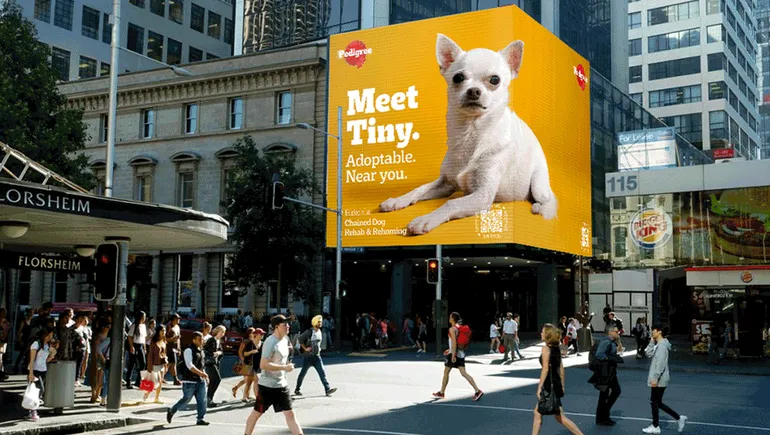
Brands start to wean off cookies while performance concerns abate, study finds
Dive Brief:
- Reliance on third-party cookies declined “significantly” last year as advertisers upped their investments in first-party data and other alternatives, according to the latest Buy-Side Study from Advertiser Perceptions. The firm interviewed 153 advertisers and agencies in the U.S. for its research.
- Usage of cookies dropped nearly 10 percentage points between the summer and fall, with 97% of advertisers leveraging the tactic in May and 88% doing the same in December. Meanwhile, 70% of respondents applied first-party data for targeting and measurement and experimented more with cohort- and contextual-based strategies.
- Advertisers, on average, expect a 17% drop in performance when cookies are deprecated next year, a change in sentiment from May, when a 27% drop was forecast. Half of the respondents said they would switch their demand-side partner if performance fell more than 20%, priming a shake-up to the ad-tech ecosystem once the cookie phaseout starts to take effect in earnest.
Dive Insight:
Advertiser Perceptions’ latest analysis suggests the industry shift away from third-party cookies picked up serious traction in the second half of last year, while a majority of the firms surveyed were still employing the ad-targeting tactic as of December. Some of the worst fears about cookie deprecation also seemed to recede. Still, future hits to performance could cause companies to change up their ad-tech roster, and 81% remain concerned about the impact the loss of cookies will have on their business.
As brands steel themselves for an uncertain cookieless future, more are moving dollars to social, connected TV and digital video, according to Advertiser Perceptions. Display advertising is seen as the channel that will most likely be affected by cookie deprecation, but by December fewer advertisers compared with May expected display, mobile and social to take as significant a hit.
Adoption of first-party data unsurprisingly gained steam in H2 2021 as brands began to reassess their priorities. Now, those organizations are likely to put greater pressure on media partners to scale their first-party data sets with an eye on performance, Advertiser Perceptions said.
Advertisers are already contending with changes to identifiers that could prepare them for the eventual death of cookies in 2023. Apple made its mobile Identifier for Advertisers (IDFA) an opt-in feature by default last year, an adjustment that’s created a deleterious effect on campaign performance for platforms like Facebook. Google has plans to implement a similar privacy model for Android, but won’t do so for another two years. Nearly half (49%) of advertisers still take advantage of IDFA when they can get consent from users, per Advertiser Perceptions, and 41% do the same for Google ID on Android.
There’s no shortage of cookie alternatives emerging for advertisers to try out, but none are proven at scale yet. Google recently started to test Topics, which offers advertisers data on user interests for ad-targeting in a limited time frame. The solution has drawn its share of skepticism.
“LiveRamp, Google and Facebook are already major partners for most advertisers, and advertisers are looking to these market leaders for cookie alternatives,” John Bishop, vice president of business intelligence at Advertiser Perceptions, said in a statement. “However, the market is constantly shifting, which leaves the door open for innovation and partnerships in other corners of the industry.”





